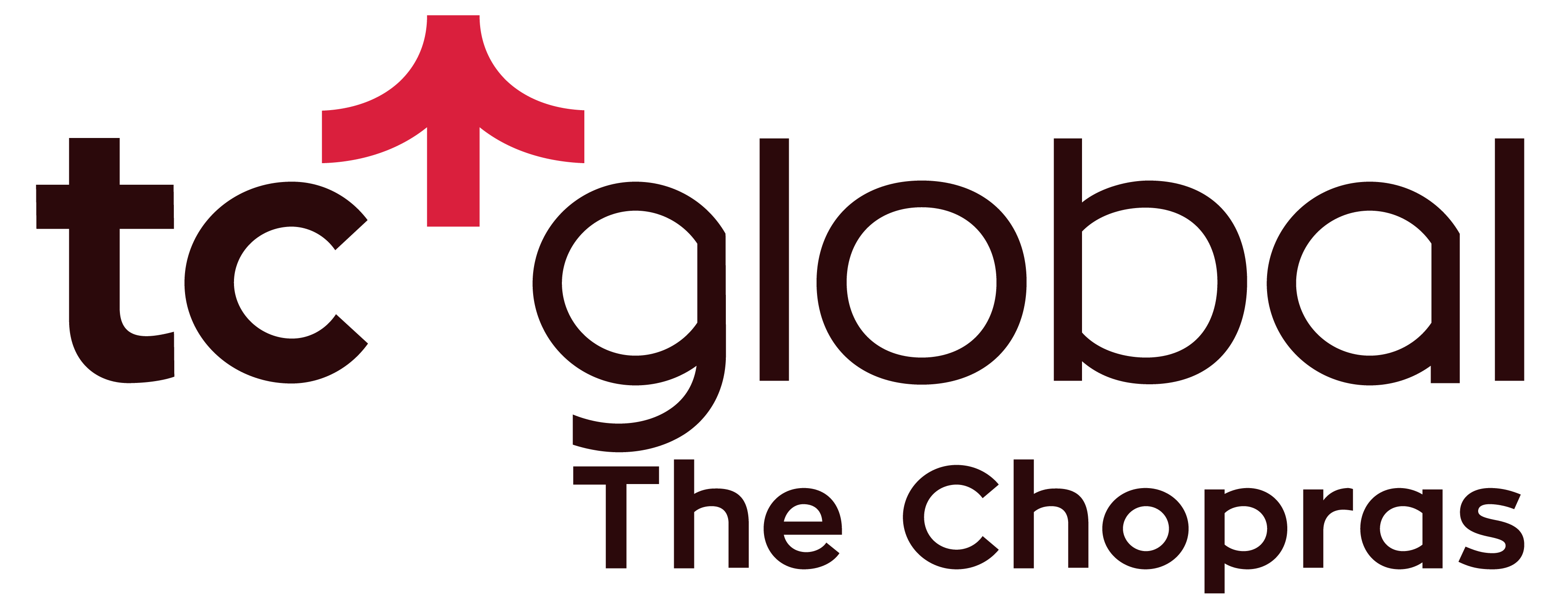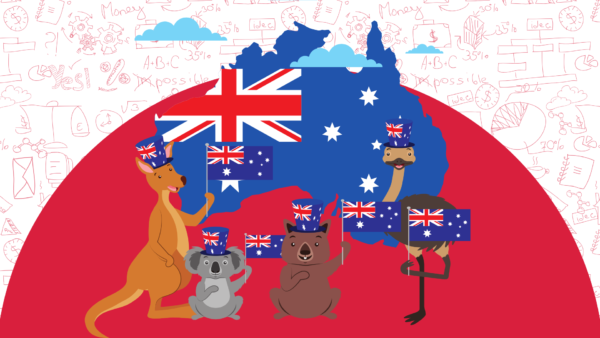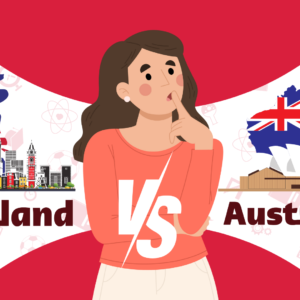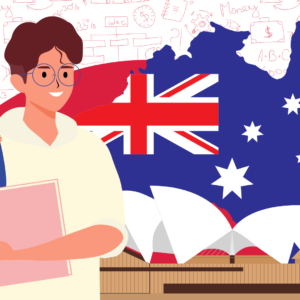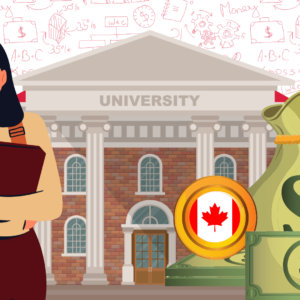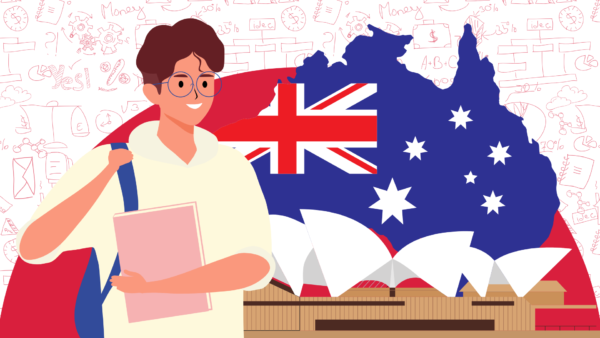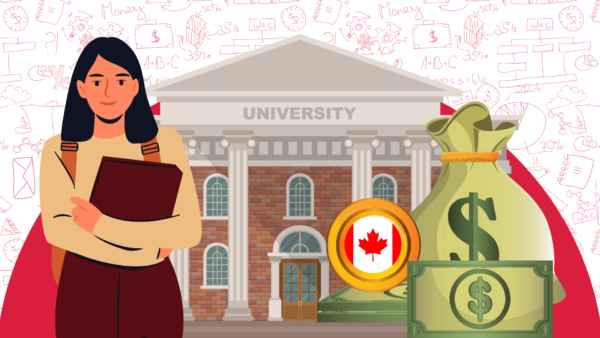
The base steps to apply are as follows:
- Choose your course.
- Check your eligibility.
- Gather the required documents.
- Get your financial statements in order.
- Submit your application.
- On getting your acceptance, apply for OSHC.
- Begin your student visa application process.
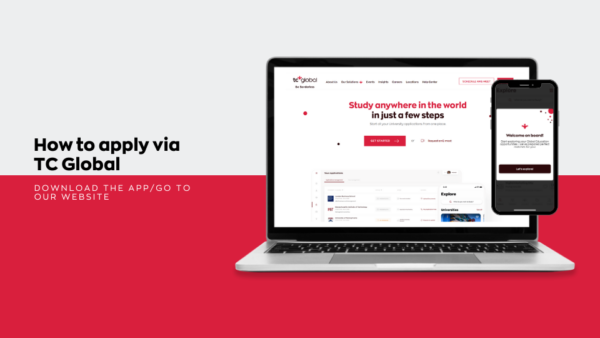
While the process in itself looks simple enough, you need to give yourself the time to do tons of research in choosing your course, university, preferred city, if there are any specified entrance tests, or for the eligibility criteria. Each university has its own set of requirements and deadlines to keep up with.
The prep work can get overwhelming. So, you choose the easy way out and sign up with TC Global. We simplify international education, learning, and mobility through connecting students, universities, and a global community on a single platform where there are over 1000+ education providers and over 80,000+ courses. Our platform enables students to study anywhere in the world in just a few steps. From search and discovery and finding the right course fit for you, to applications, visas and departure – we see you through it all.
Step 1
Go to tcglobal.com and sign in. It opens the world of universities for you, for free. All you have to do is sign up. You can sign in using your Google or your Facebook account.
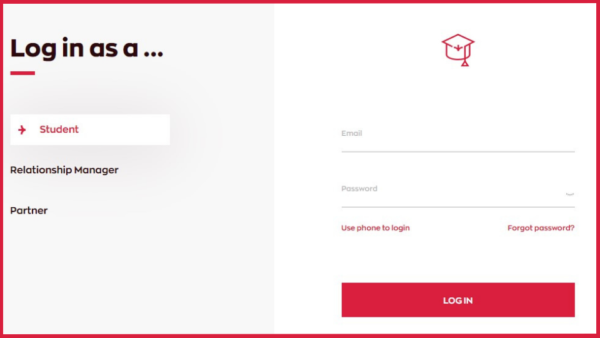
Step 2
Complete your profile. Ensure you have everything filled up especially about your existing qualifications, choice of courses and your top preferences of colleges in Australia. If you have worked in a related field, do let us know. This will help us collate the best universities for you.
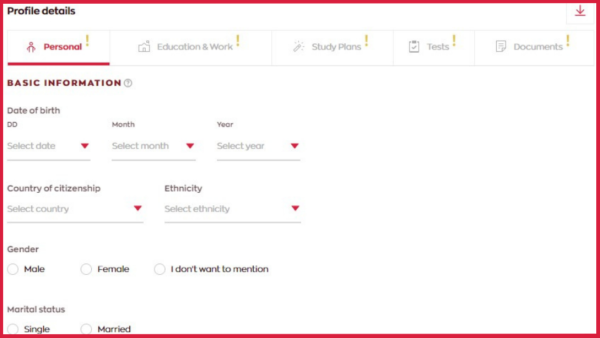
Step 3
Once your profile is complete, search for universities, courses or your interests in the Universities tab. You will get all the information you need in one page. You can simultaneously look at multiple universities, compare and get information on where your peers are applying, all within the same page.
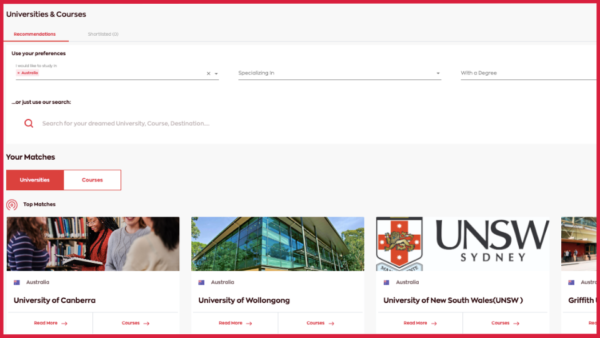
Step 4
As mentioned earlier, researching for the right courses and universities can be both time consuming and anxiety-inducing. We have made that process simpler for you. Check out our Insights page to get the latest updates on top colleges and courses.
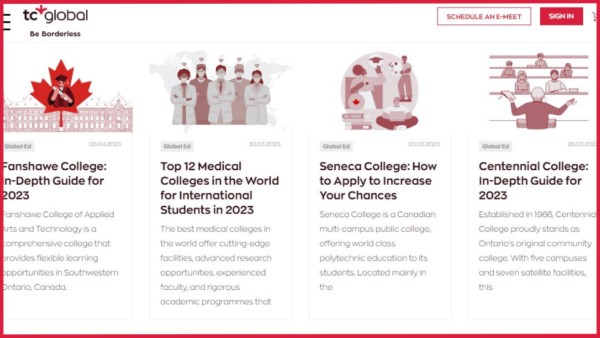
Step 5
Then simply set up a visit Calendly.com/tcglobal to pick a Relationships Team closest to you and choose a slot to meet with a Relationship Member. Our RM will be with you every step of the way, helping you identify the perfect course and college, assisting you in the admission process all the way till immigration. You get to access all these services, at no cost. Get expert help to begin your journey in Australia’s premier educational institutions.
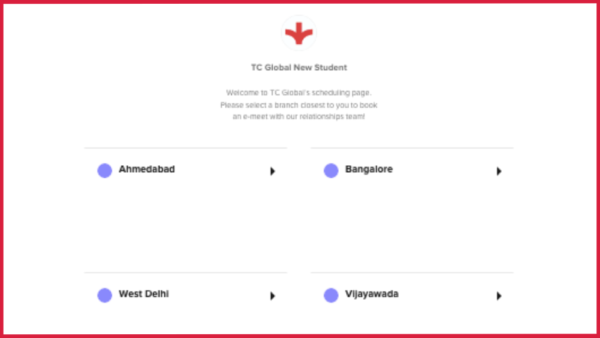
Let’s shape your future together.
You May Also Like:
